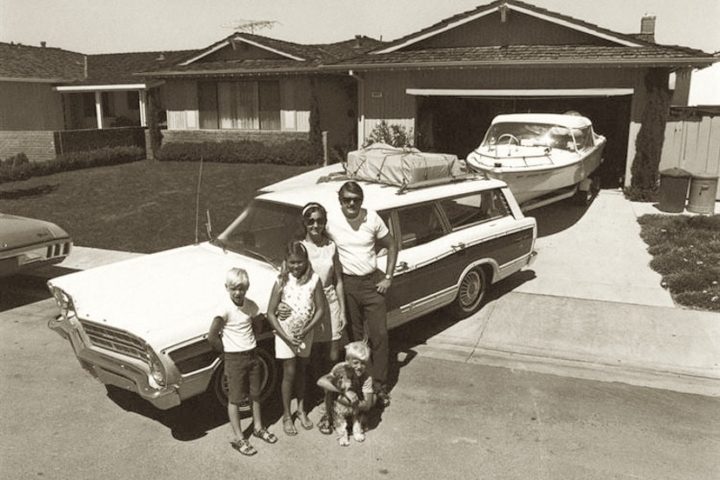O lady with your legs so fine,
O stranger at your wheel,
You are locked into your suffering, and your pleasures are the seal…
— Stories of the Street, by Leonard Cohen
Minus 20 degrees this morning at our house in downtown Pagosa. My daughter’s almost-new car had trouble starting, due to the cold.
The Town of Pagosa Springs streets crew has been doing a decent job of keeping our downtown streets plowed, as we watch the recent winter storms pass through. I can’t say how the rest of Archuleta County is doing, because I haven’t been driving much lately. My old Toyota van has been slowly giving up the ghost, and it’s gotten to the point where I’m afraid to drive it.
I see where Archuleta County is still trying to hire a full-time mechanic to help keep the snow plows running. That job listing has been up on their website for a few months now, I do believe. I see they’re also hiring for the Road & Bridge Manager position.
Road & Bridge services are relatively crucial in a mostly suburban community, particularly during a winter like the one we’ve had so far. Most of our working folks have to drive their cars or trucks to work; most of our children have to ride a bus to school; most of our retirees have to drive to shopping and medical services. The community runs on gasoline, you might say.
Living in downtown Pagosa, I probably could live fairly comfortably without a car. Now that Natural Grocers has opened its well-stocked store four blocks from my house; now that I’ve learned how to cook at home; and with a Mountain Express bus stop two blocks away… I don’t actually need a car. Except to visit friends who live out in Suburbia, of course.
But as I said, my old van… well, it’s ready for the junk yard.
And this isn’t such a great time to go visiting friends anyway, what with COVID, and QAnon, and all the other unpleasant stuff going on.
Thinking back on all the various places I’ve lived during my adult life, I have spent only a couple of years, total, living in a suburban neighborhood setting. But I experienced Suburbia first-hand as a child… back when it seemed like paradise.
The nine years that my family lived in Suburbia — we moved there in 1954, when I was two years old, and escaped back to the Big City when I was eleven — I remember as fairly idyllic. The neighborhood was populated almost entirely with young families; nearly every house on my street boasted two or three children. The tract was surrounded by a rural landscape which would eventually become paved over with other, similar housing developments, but during my nine years on Santa Lucia Drive, the surrounding ‘wilderness’ was still ours to explore.
I didn’t get to see my father much, because he worked in the Big City, a 45-minute commute there and back. He’d already left for work when I woke up and got ready for the school bus, and he returned around dinner time. After dinner, he’d light his pipe and read the evening newspaper, or work on grading assignments from the high school English classes he taught. Mom would wash the dishes and straighten the kitchen, putting away the leftovers in her new Tupperware containers.
We had two cars, eventually… although for the first few years, we got by with just one car — a VW Bug, bought brand new car, which Dad used to make his commute to work whenever he wasn’t carpooling with some of the neighborhood fathers. The second car arrived later; I believe it was a ’52 Oldsmobile… bought second-hand from my wealthy aunt Virginia as I recall, but don’t quote me. I wasn’t paying much attention to cars, per se, back in those days. I preferred plastic dinosaurs.
I also didn’t spend much time thinking about how my parents were experiencing Suburbia. And I didn’t realize we lived a lifestyle that had never before existed in America — compact nuclear families living in compact crackerboxes, each with its own compact front and back yard, a barbecue grill, a tiny inflatable swimming pool, and if you were lucky, a swing set. If you were even luckier, a boat.
My mom was not an extremely social person. Pretty much an introvert, in fact. I don’t recall neighborhood women coming to our house for social visits, although we certainly had a lot of stay-at-home housewives on our street. I remember distinctly that one of the houses down the street was owned by a single mom — a woman who, much to everyone’s disgust, worked at a job and raised her three kids by herself. The house and yard were not in immaculate shape, to say the least — one could even use the term “eye sore” — which provided ample evidence, to the rest of the neighborhood, that a woman should not be single, working a full-time job, and trying to raise her own children.
Especially, not in Suburbia.
Yesterday, in Part One, I shared some information about real estate sales here in Pagosa Springs, as reported by one of the community’s more successful realtors, Lee Riley. The median price of the 500 or so single family homes sold last year was about $400,000. The sales were, no doubt, mainly within the suburban Pagosa Lakes area.
About 85% of our community lives outside the historic downtown core — the part of the community where, historically, people could survive without owning a car, without paying for car insurance, without purchasing gasoline, without worrying whether the roads were plowed. The part of the community where, historically, kids could walk to school, and where retail, banking, government, and church facilities were also within easy walking distance.
That is to say, about 85% of our Pagosa community lives in Suburbia. Yoked to their automobiles.


